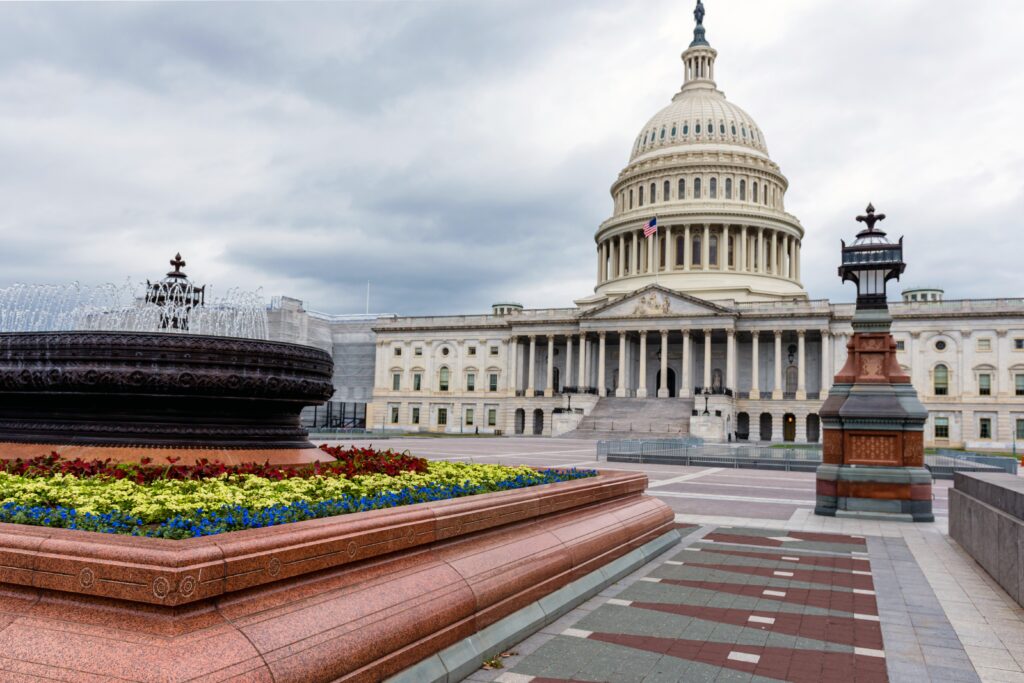Providers should consider how to optimize the patient’s health status prior to discharge to hospice.
In his RACmonitor article of Aug. 8 regarding the recent proposed final rule for inatient amission orders, Dr. Ronald Hirsch reported that the Centers for Medicare & Medicaid Services (CMS) added inpatient transfers to hospice to those admissions subject to a reduced DRG payment if their length of stay is less than the geometric mean minus one day, effectively including transition to hospice as a transfer DRG situation.
Authority for CMS to do this comes from the 2018 budget (Section 4.12.4 c of the Bipartisan Budget Act of 2018). Per the article, “in the commentary, CMS said that commenters objected to this change because ‘such payment policies would dissuade transfers to hospice care.’”
The commenters’ objections are telling. And frankly, there must be change.
First, let’s look at potential exposure. The latest list from CMS of MS-DRGs for 2018 includes the geometric and arithmetic lengths of stay for each. A quick perusal reveals that for many DRGs the GMLOS is shorter than previous years. The most common ones are in the 3.5-day range with the higher weighted DRGs only in the 12 to 13-day range. To my mind this creates an exposure that can be overcome with thoughtful Day 1 discharge planning.
Let’s ask ourselves why hospice referrals are made, for what purpose. Why a rush? If death is imminent, why refer to hospice at all? Are acute medical interventions that could strengthen chances of success with hospice given consideration? And why are many hospices so willing to enroll patients when death is expected in a day or two? Hospices face penalties for too short overall lengths of stay.
Referrals to hospice are frequently the result of misunderstandings of the purpose of hospice. I can say this now, as my own understanding has evolved. If the aforementioned rule becomes final, more thoughtful action in discharge planning will also have to become the rule in a revenue-sensitive environment.
A story to illustrate my inquiries: my mother was admitted to hospice for end-stage chronic obstructive pulmonary disease (COPD). For two years, until her passing, they kept her at home, without a single hospitalization. “Don’t make me have to see you die on a ventilator,” I pleaded, although the decision to enter hospice was hers and her doctor’s alone. Imagine, no family consultation! I objected until I understood the end-stage COPD program objectives.
Another example: a family that insisted that their loved one, near death, die at home. Hospice enrolled the fragile patient. The patient died, en route, alone. This happened over my objections. The outcome was foreseeable.
Both illustrate the CMS concerns about hospice transitions of care: one positive, one not.
We should expect better of ourselves, and hospices. Hospitals can develop palliative care that will meet patient and family needs without hospice. Family aftercare needs can be met in many ways. Perhaps another day or two of acute care will optimize the patient’s health status, positively impacting the hospice experience.
I am a true believer in hospice. Not one of my patients referred for end-stage disease management has returned to the hospital in the last six months. Under the new rule, hospice enrollment for those near death will be revealed as problematic. Referrals intended to save patients from frequent crisis and hospital utilization will become more common.
Do the hospices seeking your referrals offer open-ended disease management programs? Are we planning for the transition to hospice, or just throwing in the towel?
Demand better of hospice, and ourselves.
Comment on this article






















